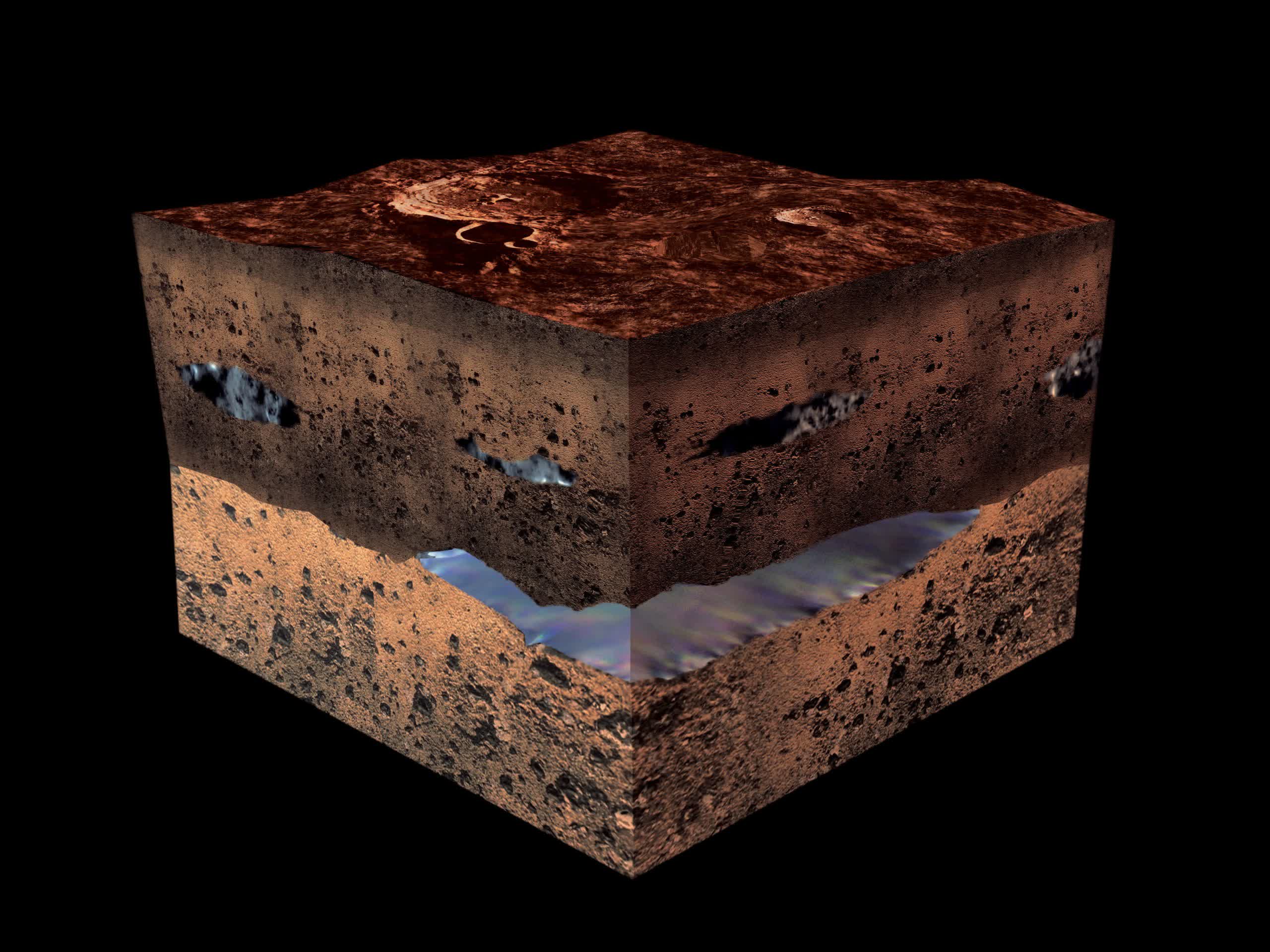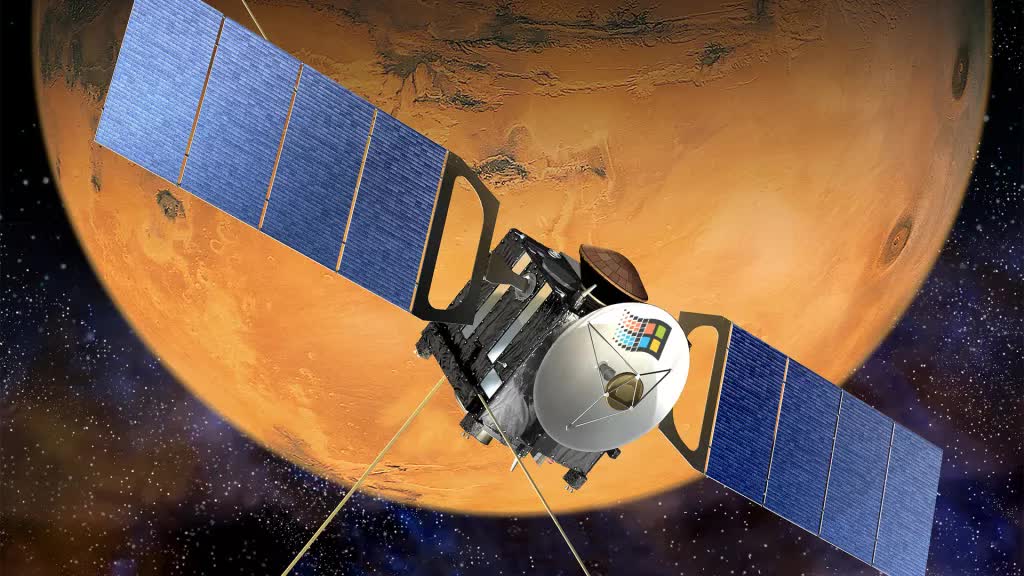WTF?! There aren't many reasons why an in-use system would still run an OS developed in Windows 98, but here's a good one: it's been traveling through space for the last 19 years. Thankfully, the European Space Agency's Mars Express probe is receiving a major software upgrade that will allow it to see beneath the surfaces of Mars and its moon Phobos in greater detail than was previously possible.
The Mars Express mission was launched way back on June 2, 2003---that's 19 years ago. It means that the Mars Express and its MARSIS (Mars Advanced Radar for Subsurface and Ionosphere Sounding) water probe run software that was developed using Windows 98.
The new software, designed by Istituto Nazionale di Astrofisica (INAF) and Carlo Nenna, MARSIS on-board software engineer at Enginium, includes upgrades intended to improve signal reception and on-board data processing, which should increase the amount and quality of data sent back to Earth, according to the ESA post.
How do you update Windows 98 on a spaceship orbiting Mars? @esa is doing it for Mars Express, after 19 years. https://t.co/DRWtuaqo22 pic.twitter.com/xxkDz5GrL1
--- Chris Hadfield (@Cmdr_Hadfield) June 22, 2022
"The very old development environment required to set up a Windows 98 machine. I did this with a virtual machine in VirtualBox," Nenna told The Register.
"Just finding a way to share files between host and guest machines was a hard task. Installing common things like a working web browser or a source code editor was difficult too. It took almost two months only to set up and fully validate the development environment."

The Mars Express is often remembered for the Beagle 2 lander that was transported by the mission and deployed to the red planet on December 19, 2003. There was no communication from the lander at its expected landing time on Mars and it was presumed lost until January 2015, when images from NASA's Mars Reconnaissance Orbiter HiRISE camera showed it had landed safely. It turned out that two of its four solar panels failed to deploy, blocking the craft's communications antenna and disappointing conspiracy theorists everywhere.
This isn't the first example of aging systems still running legacy hardware/software. Boeing 747 planes were receiving critical updates via floppy disk in 2020, and the US military only announced it was dropping the ancient storage devices for its nuclear weapons systems in 2019.
